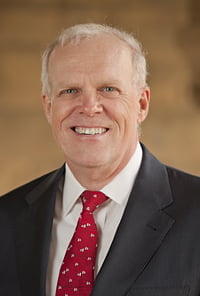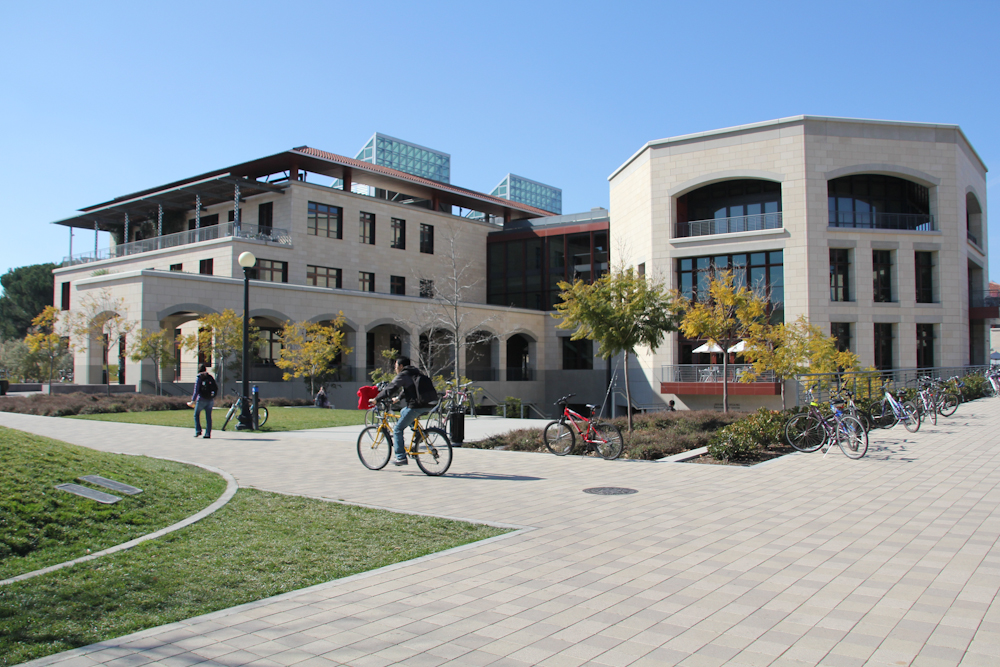
Over the last five years, the percentage of undergraduate engineering majors at Stanford has risen from 20 percent to 38 percent thanks to a change in curriculum and an increased focus on interdisciplinary studies.
The growth has been increasing every year, with computer science (CS)—which tripled in size—and product design seeing the largest increases and bioengineering—which was only offered as an undergraduate major starting five years ago—also growing, said Dean of the School of Engineering Jim Plummer M.S. ’67 Ph.D. ’71 in an email statement.
President John Hennessy, who has also served as the dean of the School of Engineering and chair of Computer Science, explained that other areas of growth include management science and engineering and the environmental track in civil and environmental engineering.
“Over 15 years ago, engineering majors were less than a quarter of the class, just under 25 percent of the graduating class, maybe 24 percent,” Hennessy said. “I think in this year’s graduating class, [engineering majors] will probably be just about a third or maybe even a tiny bit over a third of the graduating class.”
With the recent changes in curriculum, Plummer believes that the growth stems partly from emphasizing engineering early in an undergraduate’s career and providing a broad engineering education.
Flexibility is key
The Computer Science Department in particular has made flexibility one of its recent priorities. Hennessy explained that the curriculum shifted from requiring students to take a course in every subfield to allowing them to focus on one particular subfield instead.
“In the early days of the major, it was a very high-unit major partly because of this breadth with not much flexibility,” Hennessy said. “The department felt—and I think students felt—that there was not enough opportunity for students to explore either interests outside of computer science or outside of engineering.”
Eric Roberts, a professor of computer science, also spoke about the department’s focus on outcomes in a student’s curriculum. In traditional engineering curricula, he said, the end goal is often lost through the numerous preparatory courses.
“The excitement that comes from seeing what you can do is so empowering that people just take that energy and run with it,” Roberts said. “That idea, which I think was pioneered in computer science, has percolated into other majors as well…Product design has that same ‘keep your eyes on the prize’ approach.”
Interdisciplinary focus
Computer science has come to encompass the broader theme of interdisciplinary studies that has emerged within the School of Engineering.
Roberts, who has taught courses listed in 14 different departments and programs including some in the humanities, emphasized the importance of computational tools in all areas of engineering.
Several of the recently popular engineering majors, such as product design and management science and engineering, have spanned multiple disciplines, Hennessy said.
“We created the Department of Management Science and Engineering and built a very vibrant undergraduate program with tracks and different emphasis focus areas that have become really vibrant and exciting for students,” Hennessy said.
Robert Dutton, a professor of electrical engineering, spoke about the recent restructuring of the electrical engineering program to embrace cross-disciplinary focuses like sustainability, biological applications and even music.
“We have learned a lot from how CS did its restructuring,” Dutton said. “One of the biggest things is we have changed our unit requirement. The University is trying to do that across the board to get people to do more interdisciplinary, cross-disciplinary stuff.”
Looking ahead
In general, Plummer said the engineering curriculum must be frequently adjusted with the accumulation of new information in the fields.
“Engineering disciplines are constantly changing,” Plummer said. “It’s been estimated that the half life of engineering knowledge is only three to five years, so our curricula have to be constantly updated to reflect changing knowledge.”
Over the years, the School of Engineering has also developed several facilities and programs to incorporate more hands-on and project-based learning. Plummer listed resources such as the d.school, established in 2003, and the Stanford Technology Ventures Program, founded in the mid 1990s, as examples.
“We’re looking at ways to expand the d.school to undergraduates,” Plummer said. “We’re considering dual majors between CS and some humanities departments.”
Plummer also spoke of the school’s efforts to expand its infrastructure.
“Beginning about 25 years ago, the Engineering School embarked on a strategic plan to house all nine of its departments in 21st-century facilities,” Plummer said. “The Packard Electrical Engineering Building and the Gates CS building were among the first buildings constructed as part of that plan.”
In general, Plummer wants to encourage not only non-engineering students to have more exposure to the engineering school but also engineering students to take advantage of the breadth of Stanford as a liberal arts university.
“I think of engineers as people who take discoveries from the sciences and turn those discoveries into things that are useful for people,” Plummer said. “We like to think our graduates are people who will aim to change the world, and we want to equip them to do just that.”
Contact Kylie Jue at kyliej ‘at’ stanford.edu.
